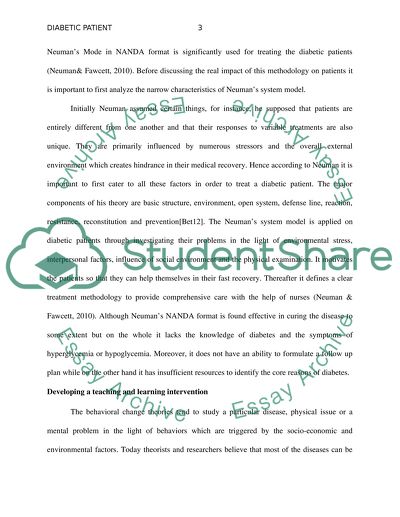Cite this document
(“Diabetic patient Assignment Example | Topics and Well Written Essays - 1250 words”, n.d.)
Retrieved from https://studentshare.org/nursing/1487169-diabetic-patient
Retrieved from https://studentshare.org/nursing/1487169-diabetic-patient
(Diabetic Patient Assignment Example | Topics and Well Written Essays - 1250 Words)
https://studentshare.org/nursing/1487169-diabetic-patient.
https://studentshare.org/nursing/1487169-diabetic-patient.
“Diabetic Patient Assignment Example | Topics and Well Written Essays - 1250 Words”, n.d. https://studentshare.org/nursing/1487169-diabetic-patient.


